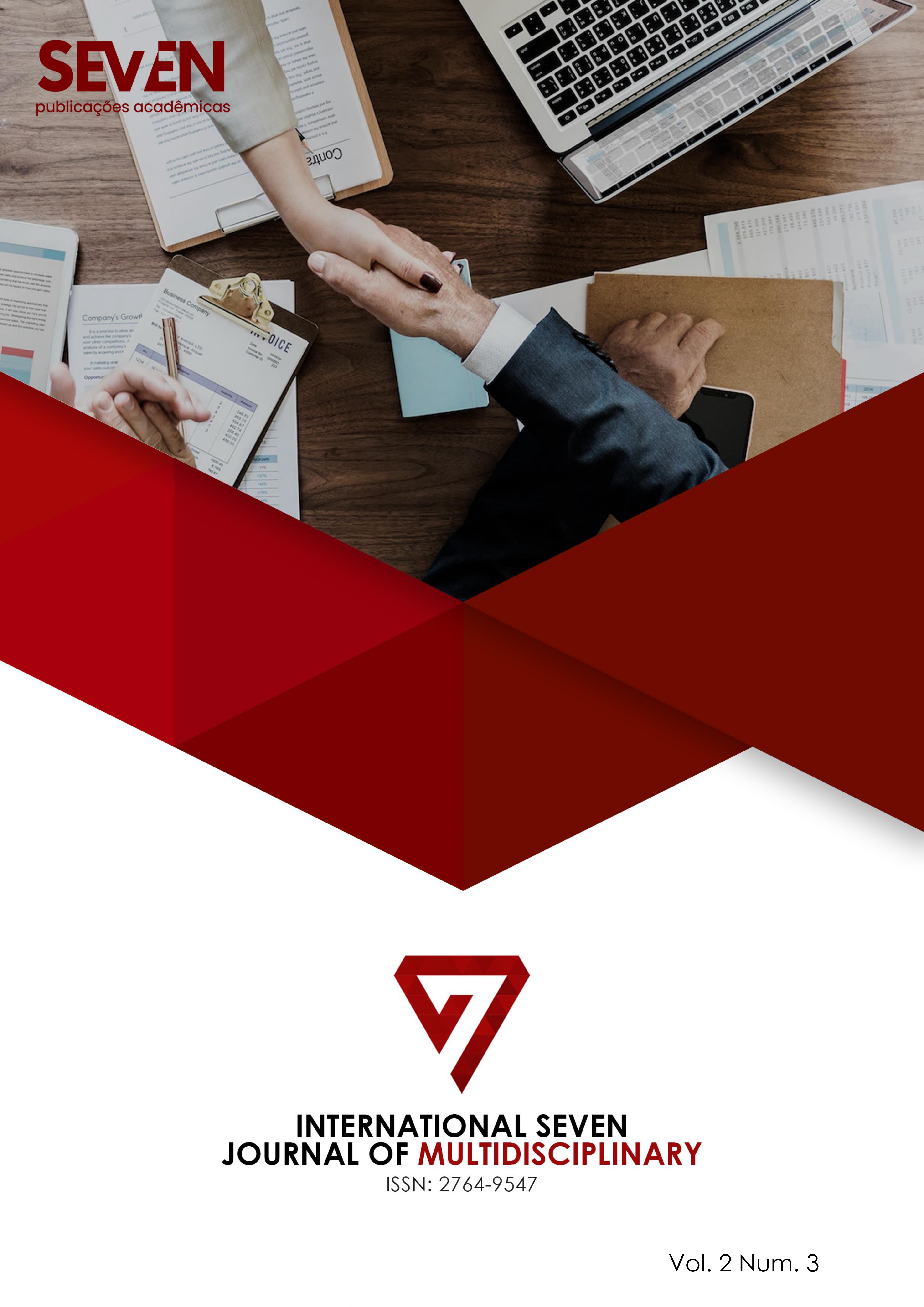Estudo comparativo do ensino remoto e presencial de ventilação mecânica
DOI:
https://doi.org/10.56238/isevmjv2n3-008Palavras-chave:
Ventilação mecânica, Ensino remoto, Ensino híbrido, Covid-19.Resumo
A pandemia de Covid-19, desafiou os profissionais de saúde que trabalham na linha da frente desta grave situação de saúde, especialmente a capacidade de executar a técnica de ventilação mecânica em pacientes que necessitam de apoio respiratório. O manuseo e técnica de um ventilador mecânico é uma das maiores preocupações destes profissionais nos serviços de saúde hospitalares, de emergência e de urgência. E a melhoria pode ocorrer através de formação teórico-prática, no formato presencial ou remota. Assim, este estudo visa avaliar a eficiência do ensino presencial e remoto do manuseio da ventilação mecânica para profissionais de saúde. Para alcançar nosso objetivo, foi desenvolvido um Produto Educativo (PE) no formato de um website, questionários e aulas em vídeo com o conteúdo teórico e demonstrações práticas da técnica. Por meio da presente pesquisa, foi observada uma lacuna no conhecimento pré-existente em alguns profissionais que já trabalhavam diretamente com o tema antes do treinamento. Após o ensino remoto, um número significativo dos profissionais da saúde participantes respondera corretamente as questões do pós-teste. Sugere-se que, para esta pequena deficiência no conhecimento sobre VM seja realizado um treinamento com profissionais recém formados que irão para o mercado de trabalho. Embora os participantes do ensino remoto tenham apresentado menor desempenho no pós-teste quando comparado com o pré-teste, este grupo acertou mais questões do que os que profissionais que receberam o treinamento presencialmente.


